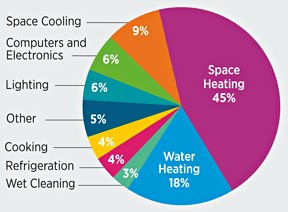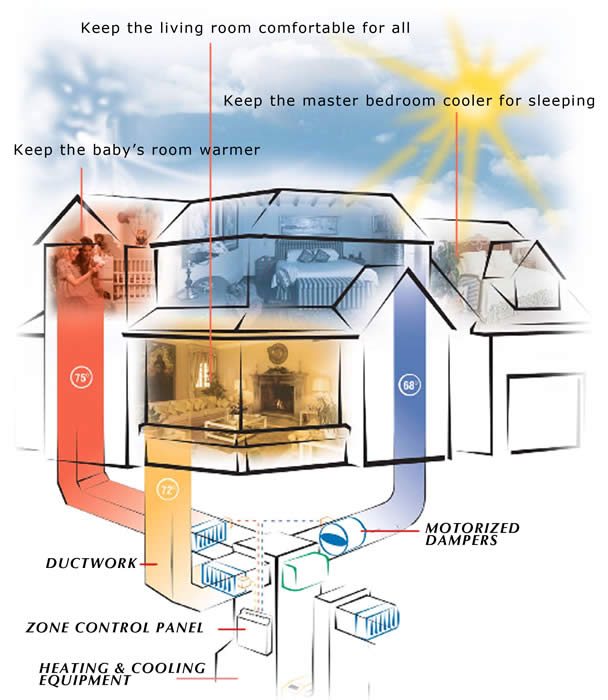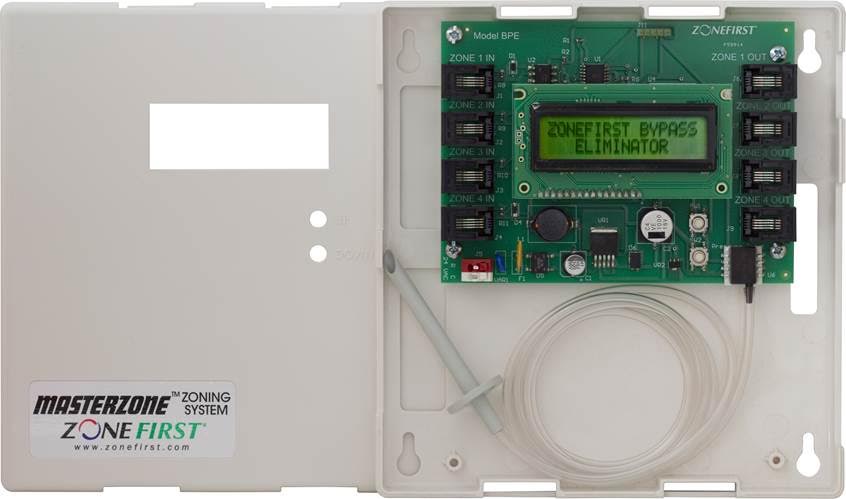Zoning allows homes or offices to be divided into separate temperature zones, in essence room to room temperature control. Zoning is capable of providing this by putting a thermostat in each room or (zone). The thermostat then signals an automatic air control damper in the duct for that room or zone which controls the flow of the conditioned (heated or cooled) air. With zoning, only the area(s) needing conditioned air get it, while areas that are already comfortable do not. This solves the problems of rooms becoming too hot or too cold.
ZONEFIRST’s products can be used with any forced air heating and cooling system to improve the overall comfort, increase the energy efficiency of the HVAC System and provide added convenience of a thermostat in each room or zone.

When 55% of your energy bill is for Heating and Cooling, you sure don’t want to waste it in rooms that are not being used or already warm or cool enough. Add a ZONEFIRST Zoning System to reduce HVAC Energy Consumption as much as 30%!

A ZONEFIRST Zoning System along with a central forced air HVAC System creates the ultimate experience in terms of COMFORT, ENERGY SAVINGS AND CONVENIENCE. Allowing you to live in and raise your family in a healthy, clean environment with other features such as air cleaning, humidification, de-humidification and ventilation.
New home installation is typically less expensive than the cost of retrofitting existing homes. Charges would vary based on the accessibility for running thermostat wires and designing the duct system for zoning; existing systems may need duct modifications to accommodate zoning. The costs would further be determined by the type of HVAC equipment (furnace/air conditioner vs. heat pump), type of thermostat (setback vs. non-setback), etc.
Installation of a ZONEFIRST Zoning System provides substantial savings over installing an additional HVAC or “split” air-conditioning system. Additionally, one unit compared to two saves money in operating costs and energy. Maintenance costs are also decreased when comparing the expense of replacing dampers to the inevitable replacement of a furnace or air conditioning unit every 10-15 years.


